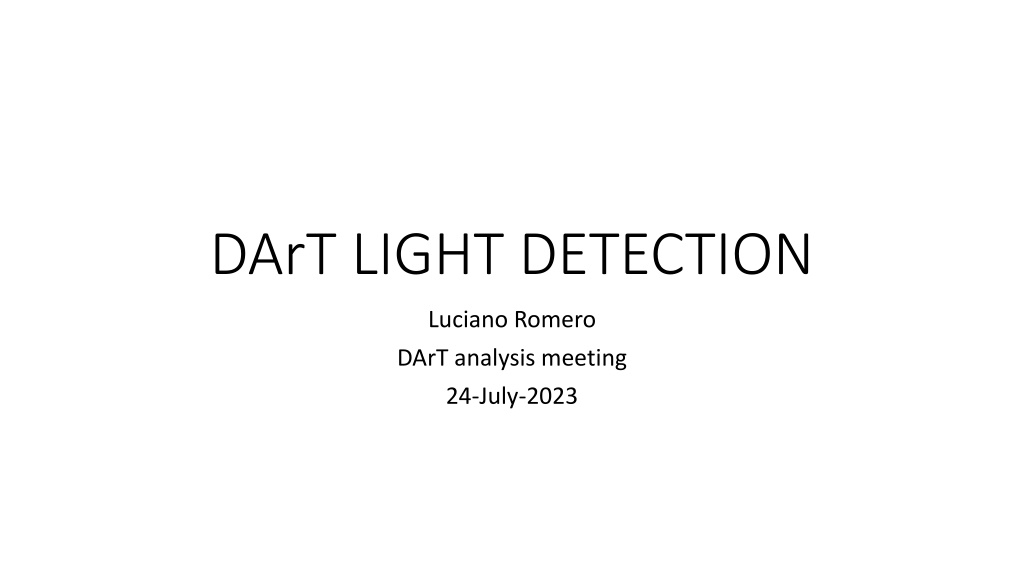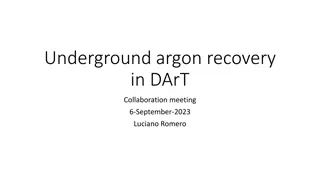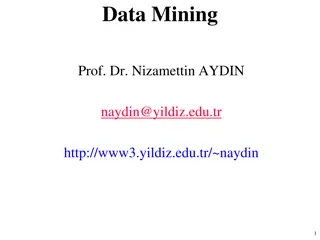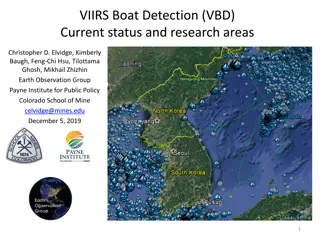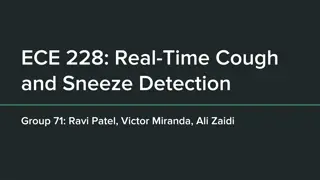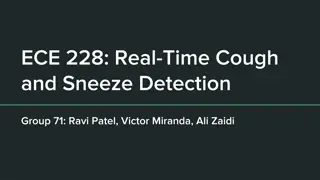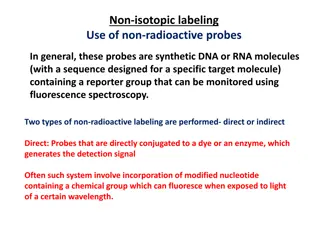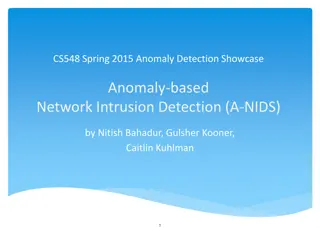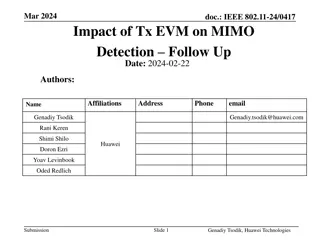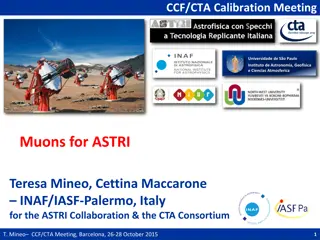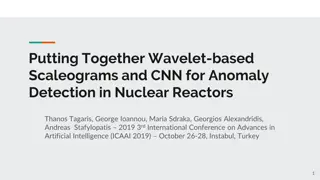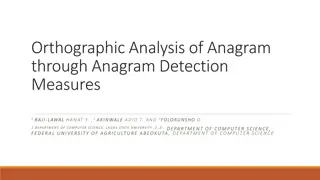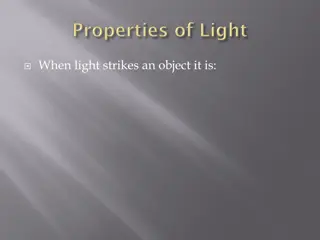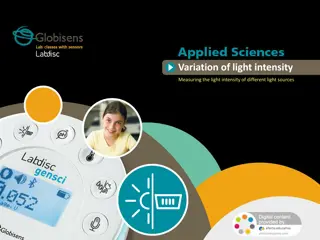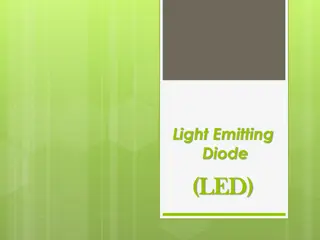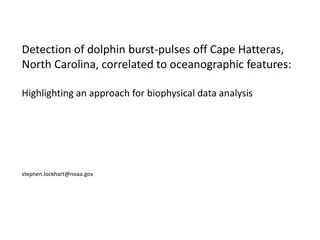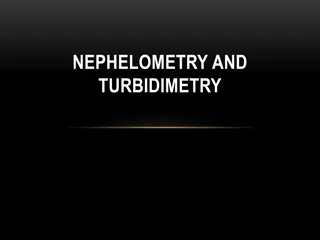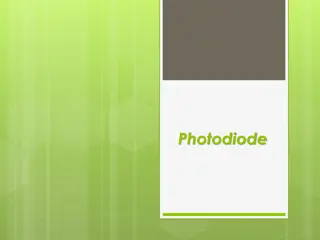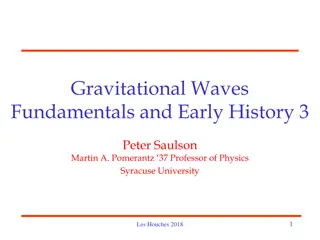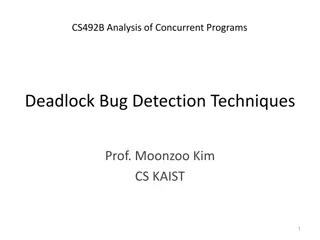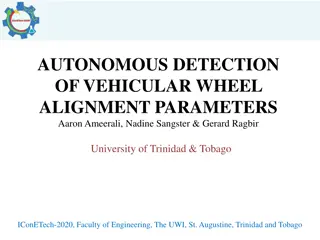Light Detection in DArT: Analysis Meeting Highlights
Exploring light detection processes within the DArT system led by Luciano Romero at the analysis meeting on 24th July 2023. The journey of light from production in the TPB layer to absorption in various mediums, reflectivity, and loss mechanisms is detailed. The significance of SiPM signals and the evolution of light detection setups are discussed with experimental results from different DArT tests.
Download Presentation

Please find below an Image/Link to download the presentation.
The content on the website is provided AS IS for your information and personal use only. It may not be sold, licensed, or shared on other websites without obtaining consent from the author. Download presentation by click this link. If you encounter any issues during the download, it is possible that the publisher has removed the file from their server.
E N D
Presentation Transcript
DArT LIGHT DETECTION Luciano Romero DArT analysis meeting 24-July-2023
430nm light life Light is produced in the TPB layer It start bouncing within DArT Being reflected in the reflector Being diffused in the TPB layer Being absorbed in the LAr, acrylic and reflector Eventually it found a way out To a not instrumented hole in the reflector To a SiPM SiPM LAr SiPM
Light loses Light can be absorbed in the acrylic layer Light transmitted: ? = ?0? ??= 200 ?? is the absorption lenght of the acrylic Acrylic path: ? = 8 ?? Twice the thickness of the acrylic (4mm) Light can be absorbed in the LAr Light transmitted: ? = ?0? ??= 2000 ?? is the absorption lenght of the liquid argon LAr path: ? = 18 ?? Height of the internal tube Light can be absorbed in the reflector Light absorbed: ? = ?0 1 ? ? = 0,97 is the reflectivity ??? ??? 8 mm 30 Same solid angle on top and on the side
Light loses Light can be losed in SiPM This light is the useful signal Is proportional to the number of SiPM And to the relation between the SiPM area and the total reflection area. Light losed in SiPM : ? = ?0????? Light can be losed in not instrumented holes Is proportional to the relation between the holes area and the total reflection area. Light losed in holes: ? = ?0 ?? ????? ?? ? ????
Light bounces Each bounce of the light inside DArT comprise the following term: 1 pass through the LAr 2 passes through the acrylic 2 diffusions in the TPB layer 1 reflection in the reflector Some amount is reflected Some amount is losed in no instrumented holes Some amount give rise to the SiPM signal
Light evolution Case 1: DArT in Test old Top/down reflector diameter equal 78 mm (out of 93) Lateral reflector height: 173 mm (out of 183) 2 SiPM Case 2: DArT in Test new Top/down reflector diameter equal 93 mm (out of 93) Lateral reflector height: 173 mm (out of 183) 2 SiPM Case 3: DArT in ArDm Top/down reflector diameter equal 93 mm (out of 93) Lateral reflector height: 182 mm (out of 183) 8 SiPM
Results DArT in Test old 2 SiPM DArT in Test new 2 SiPM DArT in ArDM 8 SiPM Bounces to reach 1% 21 46 62 Absorption in LAr 7,8% 17,6% 23,8% Absorption in acrylic 3,5% 7,9% 10,6% Absorption in reflector 10,8% 28,3% 39,2% Not instumented holes 76,6% 43,2% 11,6% Signal 1,2% 2,7% 14,6%
